We are excited to follow along with The Natural History Museum of Zimbabwe as it continues its biodiversity field surveys in Zimbabwe’s Limpopo region. Shiela Broadley and her team commenced their grant field research in February 2023 and we are pleased to highlight the continuing successes from the second survey that began on on 22nd May. The 10-day survey began by setting pitfall traps in the Mopane woodland and palm tree area and active searching started producing some worm snakes that had not been collected on the first trip conducted in February.
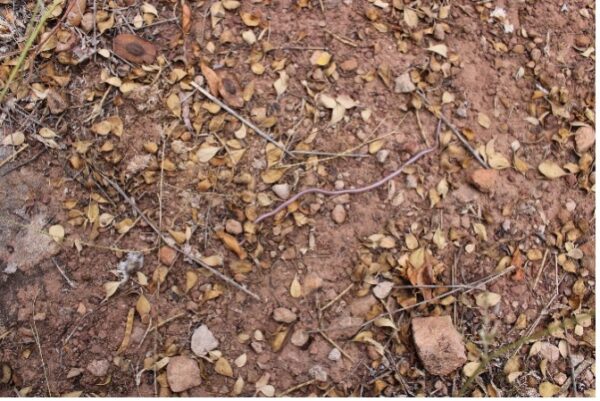
Worm Snakes collected on the second field survey (photo/Shiela Broadley)
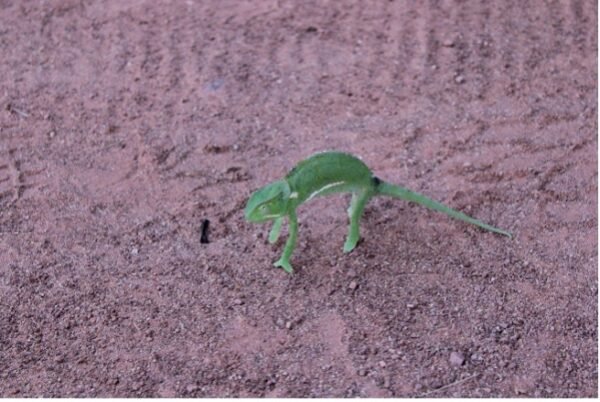
The chamaeleon (Chamaeleo dilepis) in the photo above, was the first observed reptile of this second expedition. (photo/Shiela Broadley)
The survey moved to the Border Ridge Estate, detecting the following genera: Monopeltis , Zygaspis, and Leptotyphlops, all found by surveying areas behind a road grader that was being used to repair one of the access roads into an area dominated by palms. This collection method was highly productive in detecting cryptic species which are usually difficult to find in other conventional methods.
The field team also revisited Nottingham Estate, encountering the Variable Skink (Trachylepis varia), Rainbow Skink (Trachylepis margaritifera). and a Two-horned Adder (Bitis caudalis). In addition to field work, the team also scheduled time to meet with school children, distributing informational flyers and informal talks on local snakes and lizards.

Nottingham school children with informational flyers. (photo/Shiela Broadley)
We hope to highlight another successful survey as Shiela Broadley and her team prepare for their third expedition later this year.
Read more about The Natural History Museum of Zimbabwe‘s first field research expedition below:
The Natural History Museum of Zimbabwe recently carried out a ten day field research expedition during the local rainy season in the southern part of the country. This new JRS grant supports field work for accurate mapping of herpetofauna diversity data, the production of field guides and species occurrence publications as well as training and education in Zimbabwe. Led by Project Director Shiela Broadley, the field team included museum staff and university students, who worked near the Limpopo River in the area of Border Ridge/Sentinel and Nottingham Estates. The rains and high rivers made survey research challenging but ultimately the team was able to collect and prepare many specimens for the museum collection.
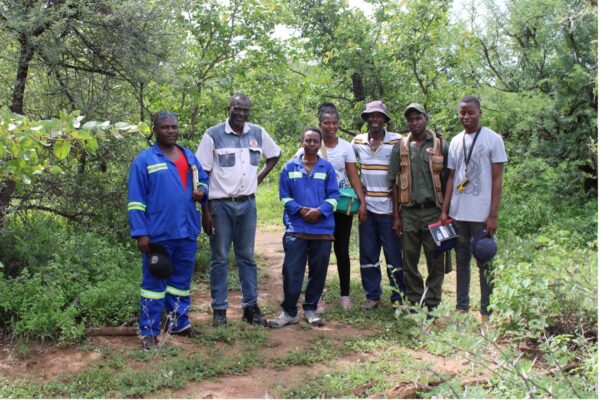
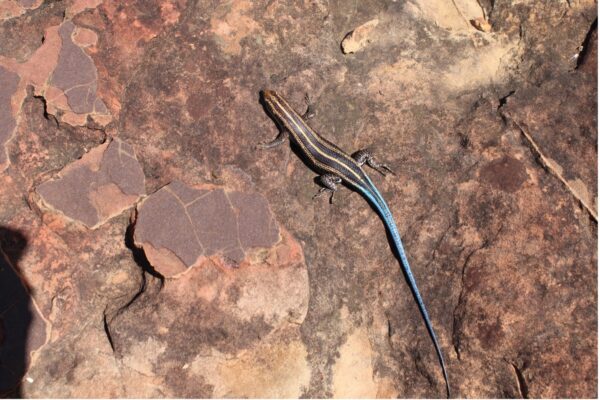
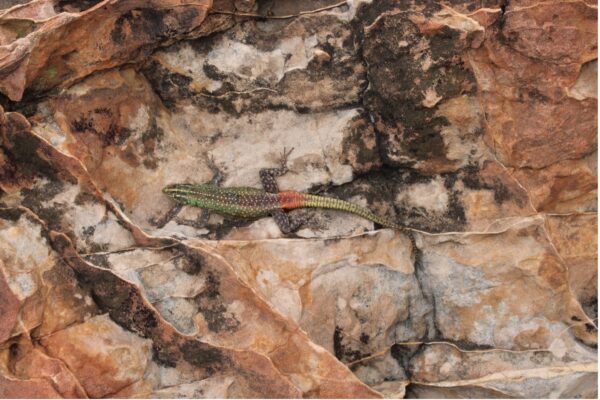
In addition to carrying out surveys and specimen collection, the team visited school children at the Nottingham Junior School to discuss biodiversity and explain the field survey work. Several children participated in digging holes for pitfall traps and were taught how to monitor then during the visit.
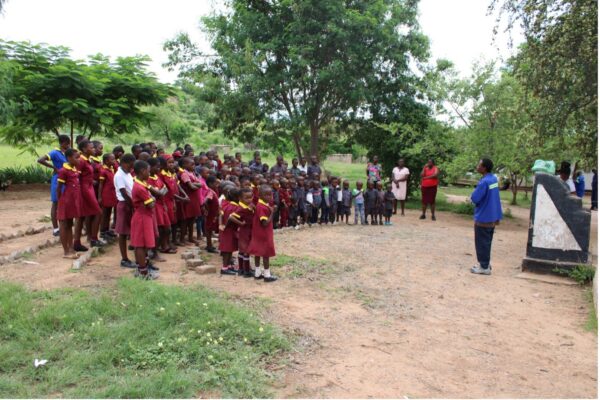
Read more about the Dambari Wildlife Trust & Natural History Museum of Zimbabwe grant Zimbabwe Herpetofauna Data: Mobilizing Data for Mapping Biodiversity Distribution, for Climate Change and Conservation Strategies.

